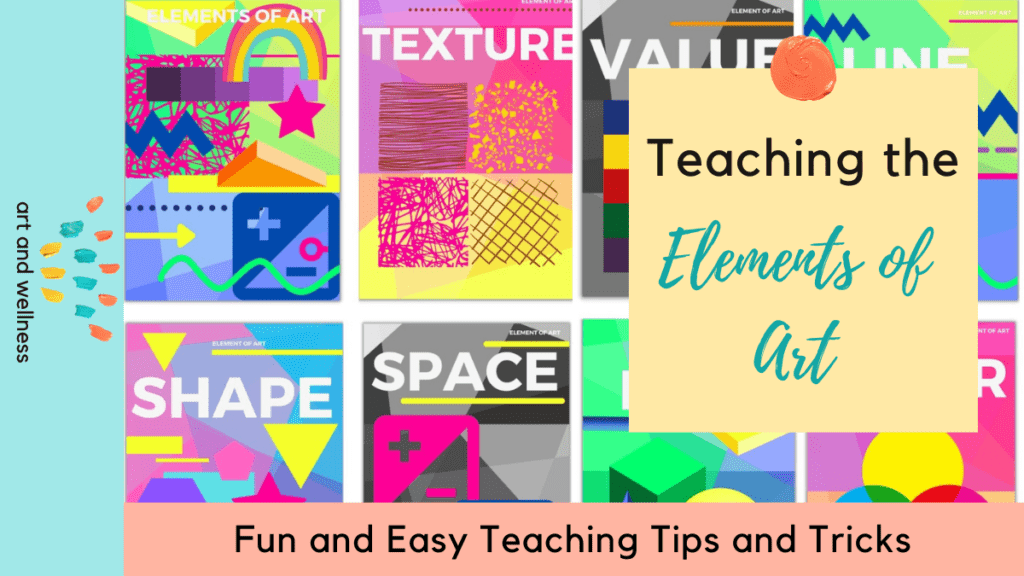When it comes to teaching the elements of art , it’s essential to make the learning process engaging and enjoyable. Explore the world of art with your students by using these fun and easy teaching tips and tricks to make the journey exciting.

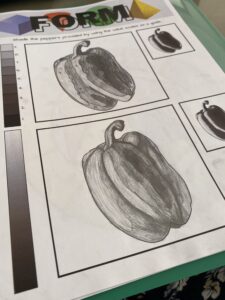
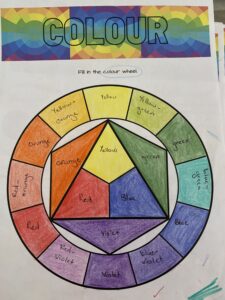
The elements of art meaning
Teaching the elements of art is important because they are the fundamental building blocks that artists use to create their works of art. These elements form the basic vocabulary of visual art. They are essential for creating and analysing art.
1. Start with the Basics: Line, Shape, and Color
The foundation of any artwork lies in understanding the elements of art —line, shape, and color. Begin your lessons by introducing these fundamental concepts.
Element of art line
For lines, you can engage students in a playful exercise of creating different types of lines, such as straight, wavy, or zigzag.
Shape element of art
7 elements of art shape definition : A shape is a two-dimensional enclosed area. Shapes can be explored through cut-out activities or drawing simple geometric and organic figures.
Element of art Color
Color theory meaning in art is a framework that helps artists understand and use color effectively in their artworks. It including how colors interact, combine, and impact the perception of an artwork. colour theory exercises for students can involve mixing primary colors to create secondary colors with paint to make the learning process hands-on and memorable.
2. Texture 7 elements of art : Using Everyday Objects
The element of art texture definition is the perceived surface quality of an object or artwork. It involves both the physical texture that can be felt with the sense of touch and the visual texture that is perceived visually. Texture adds depth to art. Make it relatable to your students by incorporating everyday objects. Have students feel different objects and identify the textures, such as smooth, rough, or bumpy surfaces. Encourage them to create rubbing of each object using a piece of paper and pencil. The students can then attempt to replicate these textures in a drawing. This hands-on experience will help them connect the concept of texture to the world around them.
3. Form in art : Hands-On Sculpture Activity
form in art definition refers to the three-dimensional quality of an object or artwork. Teaching form in an interesting way before you begin Discuss the difference between shapes and forms. Begins with a brief introduction to the concept of form in art. Provide students with clay or playdough and encourage them to create three-dimensional sculptures that represent various forms. This can include organic and geometric shapes, animals, people or abstract designs
4. Value Exploration with Shading Techniques
what is the importance of value in art ? Value creates Depth and Dimension, defines Form, creates Contrast and Sets the Mood and Atmosphere in an artwork.
Introduce the concept of value by explaining how artists use light and dark to create depth will inspire your students. Provide each student with a small, simple object (like a sphere or cube). This can we an image on a projector if this is easier. Demonstrate basic shading techniques, such as hatching, cross-hatching, and blending and the have students practice shading their objects, emphasising the transition from light to dark. A wonderful exercise for students to work on their shading is by creating art value scale worksheet.

5. Interactive Perspective Drawing for Space
Element of art space definition refers to an area in and around a work of art. Introduce the concept of space and art by explaining the illusion of depth. Provide students a simple one point perspective scene, like a road disappearing into the distance. Teach basic perspective techniques, such as overlapping, size variation, and atmospheric perspective. Students can create their own drawings applying these techniques, making their scenes appear more spatially realistic. Click here to read more about how to teach perspective.
6. Incorporate Technology with Digital Art
Embrace technology as a tool for teaching art. Introduce digital art platforms and software that allow students to explore the elements of art in a virtual space. This modern approach not only aligns with the interests of tech-savvy students but also provides them with valuable skills in digital art creation. Use Canva or Procreate to design abstract artworks using the different elements of art. You can create an exciting digital “ the elements of art project “ for your students to get them excited about learning the basics.
7. Explore the Elements Through Art History
Connect the history of art elements of art to famous artworks and artists. Share stories about renowned artists who mastered specific elements, and then challenge students to incorporate those elements into their own creations. For example including Van Gogh for his use of line, Matisse for his use of shape and Warhol for his use of color can spark ideas and interest in the students. This not only makes the lessons more engaging but also provides students with an understanding of the significance of the elements of art in the art world.

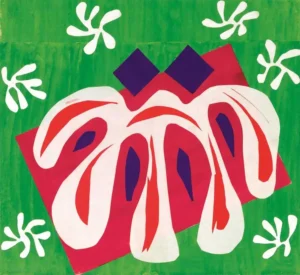
8. Foster Collaboration with Group Projects
Art is not only about individual expression but also about collaboration. Engage students in group projects that require them to combine their artistic skills and ideas. This not only promotes teamwork but also allows students to see how different elements can work together harmoniously in a collective piece of art. Read this blog for 43 amazing collaborative art project ideas for your students.
9. Introduce Art Challenges and Games
Turn learning into a game by incorporating art challenges and games. For example, create a scavenger hunt where students search for objects with specific shapes, colors, or textures. You can also organize a timed drawing challenge to encourage quick thinking and spontaneity in their art.
10. Showcase Student Artwork
Teaching the elements of art can be rewarding. Celebrate the achievements of your efforts and your students creativity by regularly showcasing their artwork. This not only boosts their confidence but also creates a sense of pride in their accomplishments. Exhibit the students work at an annual school art show event. Throughout the year, encourage students to create a virtual gallery by using excel, google draw or many free online platforms so that they can share with others.
Conclusion
Teaching the elements of art doesn’t have to be a daunting task. By incorporating these fun and easy tips and tricks, you can make the learning experience enjoyable and memorable for students. Through hands-on activities, technology integration, collaborative projects, and exposure to art history, students can develop a deep appreciation for the elements of art while honing their creative skills. Remember, the goal is not just to simply teach art but to instil a love for creativity and self-expression. Should you wish to take a deep dive into the elements of art and what to save yourself hours creating resources, have a look at the elements of art worksheet bundle below.
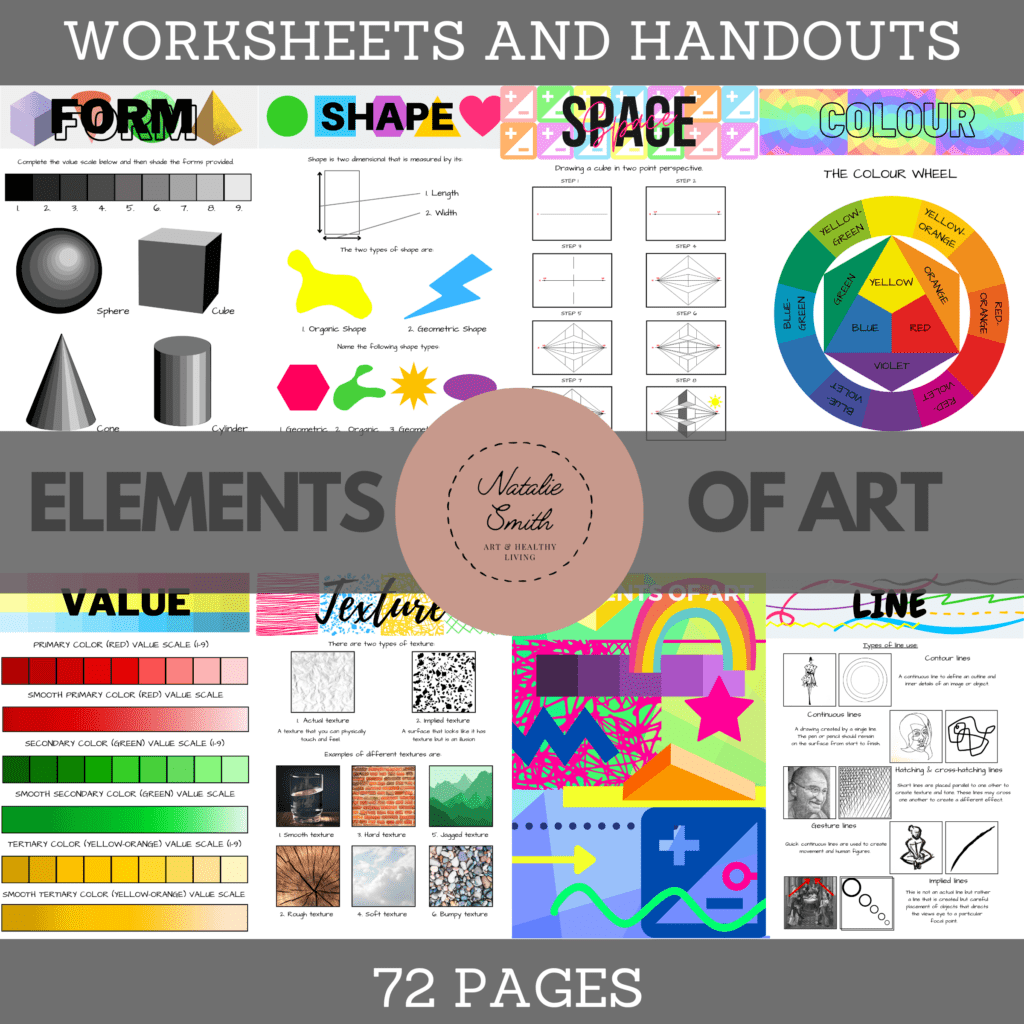
To find out more about what we do. Visit us here!
